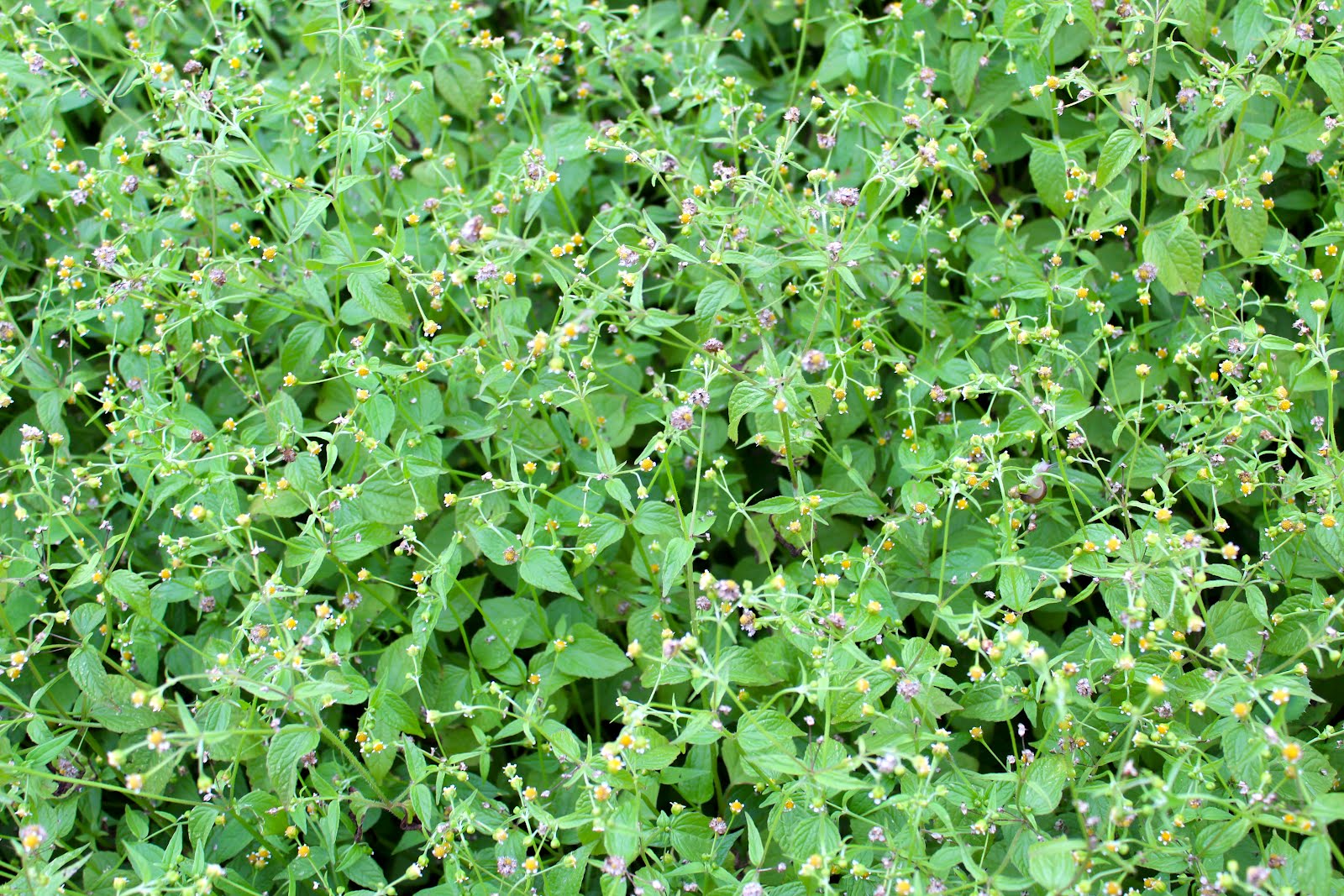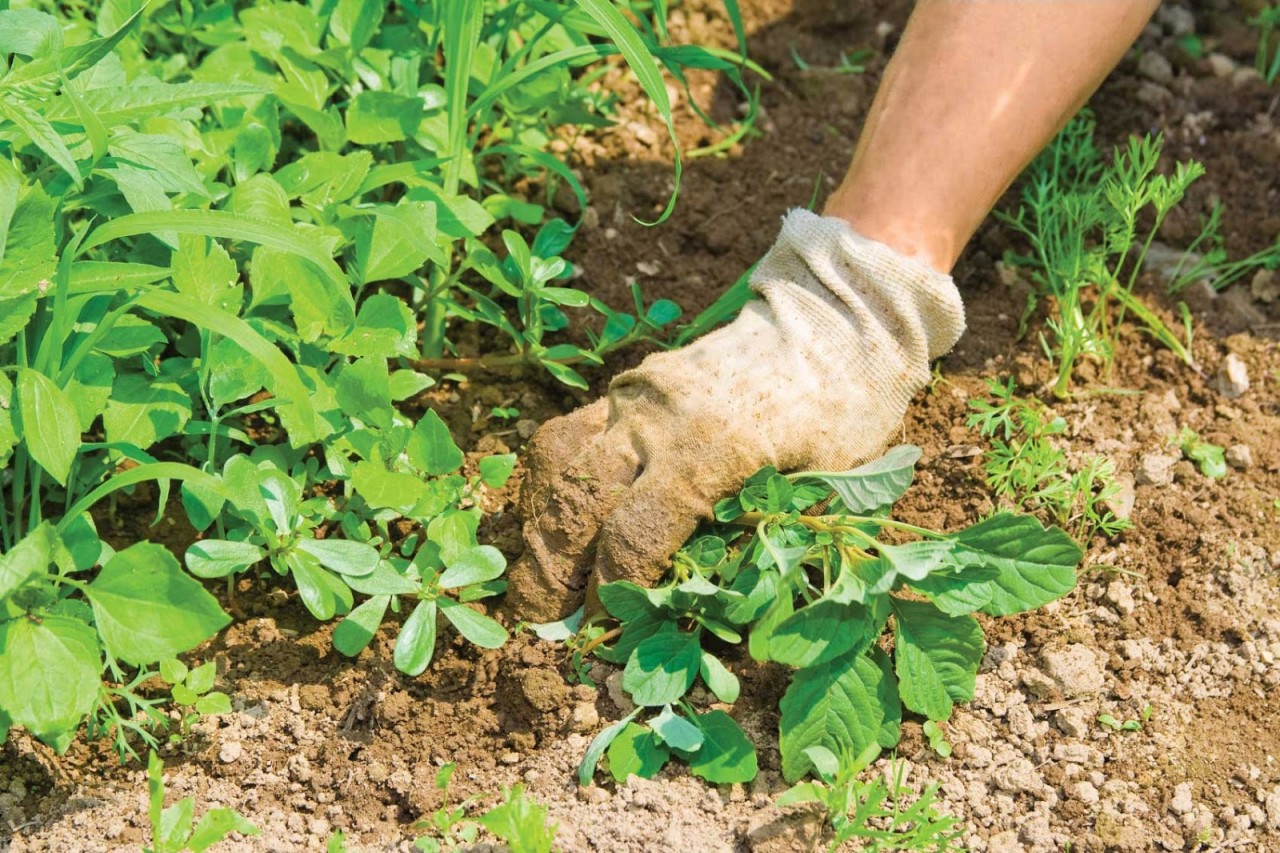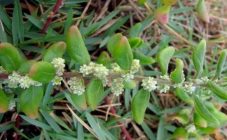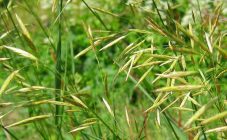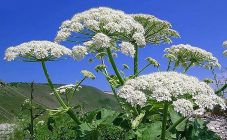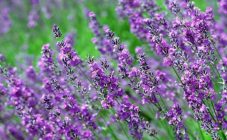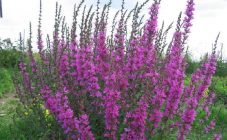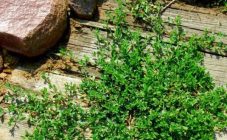Content:
American grass, or small-flowered Galinsoga, is a very viable weed that causes a lot of trouble for gardeners. Its rapid spread in the garden threatens the death of valuable crops.
Description
Galinsoga small-flowered native to South America, in particular, Peru. It quickly spread in Europe and covered the whole of Eurasia in two centuries. American grass is an annual low-growing herb belonging to the Astrov family. The main characteristics of the weed:
- The root system is superficially fibrous.
- The stem is erect, thin, branched from above, slightly pubescent. The stem length reaches 70 cm. The color varies from light green to brown.
- The leaves are light green in color, opposite, the petiole is small. The shape of the plate is lanceolate, covered with denticles along the edge.
- Small flowers. Color - light yellow, white petals, with three teeth at the ends. The inflorescences are umbrellas. The marginal flowers in the amount of 5 or 7 are female, the color is white, cream. Inside there are many bisexual funnel-shaped flowers of a yellow hue. Each of the inflorescences has a pistil.
- The fruit is a pubescent tetrahedral achene, up to 5 mm in diameter.
The appearance of the first shoots of the weed is observed from March to June. The grass blooms from July to September. Seed pods are formed after 3 weeks of flowering. American grass gives over 300 thousand seeds, spread by the wind, thanks to the white film fly. The most favorable conditions for the weed: loose soil, partial shade, moisture, warmth.
The seeds of the plant have good germination even after 10 years of storage, as they are very resistant to frost, waterlogging and drought. Even in cut plants, seeds can ripen. However, a planting depth of more than 2 cm is detrimental to the seeds, so the weed uses another method of propagation.
American grass may look harmless, but it has a high survival rate. This is evidenced by its ability to be saturated with moisture and nutrition from the environment even after mowing. Being among the weeded grasses, the grass retains the ability to bloom and bear fruit, so it must be removed immediately.
The plant germinates even under snow cover. It grows on any soil, but prefers fertile nitrogenous soil. Most often, the weed can be found among perennial crops, fruit trees, potato plantings. No wonder the American grass got the nickname "potato weed".
The benefits and harms of an American woman
Like any garden weed, the American has some beneficial properties. Its leaves, with a mild herbaceous flavor, are used for salads.
Galinsoga may be beneficial as a medicinal plant.Various parts of American grass contain rubber, inulin, stigmasterol, flavonoids, tannins, vitamins (A, C, B1, B2, B3), zinc, sodium, silicon, magnesium, phosphorus. It contains many organic acids: coffee, succinic, palmitic, oleic, citric. The plant is rich in amino acids, among which there are essential ones: arginine, methionine, leucine, lysine, valine, isoleucine, phenylalanine, histidine, threonine.
Galinsoga herb is an antipyretic, hemostatic agent. Lotions from the American woman heal wounds well, compresses help in the treatment of rheumatism. A glass of dry grass is poured into 1 liter of boiling water, insisted, filtered and used for medicinal purposes.
Despite the beneficial properties, American weed can destroy other crops. The weed is rightfully considered a formidable enemy of cultivated plants, and you need to get rid of it.
Methods of dealing with an American
American grass is a very tenacious weed. It is so strong that it suppresses other weeds: woodlice, sow thistle, quinoa, Mary. Only nettles and dimness can resist it. Neither aphids nor fungal infections are afraid of her. Therefore, gardeners are in search of an effective method of dealing with the American woman.
Chemical method
You can remove the weed with chemicals. The choice of herbicide depends on the type of planting:
- potatoes, tomatoes - "Lazurit";
- spring, winter crops - "Secator";
- cereals - "Agritox";
- beets, corn, sunflowers, flax, buckwheat - "Dual Gold";
- forage crops - "Gezagard".
However, very soon the American develops a resistance to chemicals. The treatment has to be repeated over and over again, which leads to an increase in the concentration of toxic substances in the soil. Therefore, you have to resort to other methods of dealing with it.
Folk way
Physical methods
You can fight an American woman using physical methods:
- The use of green manure. At the beginning of spring, it is recommended to plant cereals, crucifers and legumes. The American can't break through the dense turf. The branched root system of green manure is able to prevent the germination of weeds until the very cold.
- To deprive the weed of light and prevent the seeds from germinating, you can additionally use mulching with straw, cardboard, sawdust.
- Black film shelter. The black mulch film, which completely covers the soil, is capable of inhibiting the development of the American woman throughout the growing season. For cultural plantings, cutouts are made in the film.
To get rid of the American woman, it is not enough just to weed the soil. All parts of the weed must be chopped up and removed to exclude re-rooting. Experienced gardeners recommend digging up the weed with a shovel to remove the root system completely.
Mid-depth plowing of the soil is necessary. To prevent weed seeds from sprouting from the topsoil, the soil should be plowed deeper in the fall. In the spring, the plowing depth is reduced so as not to raise the soil layer with last year's American seeds up. Harrowing is required 3 days after sowing, until the weed emerges. Cross and diagonal harrowing is also required after emergence, when the root system is strong.
The American is unsuitable for composting because its roots do not rot. You cannot use the weed as mulch, this will lead to its massive spread. Do not feed American livestock with grass. Its seeds remain viable even after passing through the digestive system of animals.
Timely measures taken to combat American grass allow us to avoid its spread and save cultural plantings.
